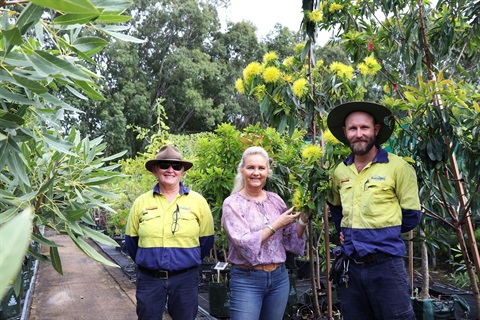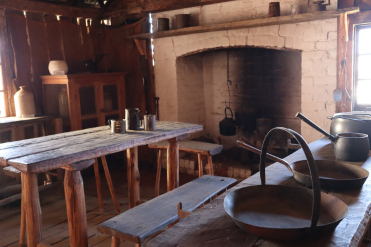A James Cook University researcher and her team are studying how the language and culture of the Hmong people can better survive in Australia – several decades after the ethnic group came here as refugees following the Vietnam war.
Professors Alexandra Aikhenvald, Professor RMW Dixon from JCU, and Associate Professor Nerida Jarkey from the University of Sydney have received nearly $500,000 in Australian Research Council Linkage funding for the project.
Professor Aikhenvald said the Hmong were a nomadic hill people and distinct ethnic group living in Vietnam and Laos when they were recruited to fight on the US side during the war, and then forced out after the allies’ defeat in 1975.
“Australia took them in as refugees and many initially were sent to Melbourne and the southern states, but after a Hmong family bought a banana plantation in Innisfail, many more moved to the Innisfail, Cairns and Atherton areas,” said Professor Aikhenvald.
More than 20 families eventually bought banana farms in the region.
The project’s key researcher is JCU Research Fellow and PhD candidate Nathan M. White. Mr White has been working closely with the Hmong community in North Queensland since 2017 and with Hmong communities in the USA since 2013.
He said there are now at least 1000 Hmong people in North Queensland.
“The Hmong in Australia are a closely-knit community with a distinct language, but due to the pressure from English, it appears that Hmong is no longer acquired by younger generations in its full form,” said Mr White.
He said the project will investigate how the Hmong language survives in the Australia, with a focus on how the language transforms itself depending on the environment it finds itself in.
“We’ll be doing a systematic investigation of a new variety of the Hmong language developed in North Queensland that appears to blend the two main dialects,” said Professor Aikhenvald.
She said the work will involve examining the results Mr White has obtained working with older speakers and compare those with the ways younger people use the language, by recording, observation, and interviews.
“A focal point of the project is the Hmong Medical Corpus, building on Nathan’s work. The aim of the corpus is to improve the Hmong people’s access to medical knowledge, breaching the gap between different generations of the Hmong community and the general public, and thus making their life better,” said Professor Aikhenvald.
She said the practical aim of the project was to try and help the language survive.
“Based on my personal experience, when people move countries, their original languages become endangered, under the pressure from the main language.
“They lament it later, because language is an integral part of a person’s identity, and they feel lost,” she said.
Professor Aikhenvald said the project will serve as a means of encouragement for younger Hmong to preserve their language and their heritage, providing them with motivation and materials to make sure the language stays healthy.








